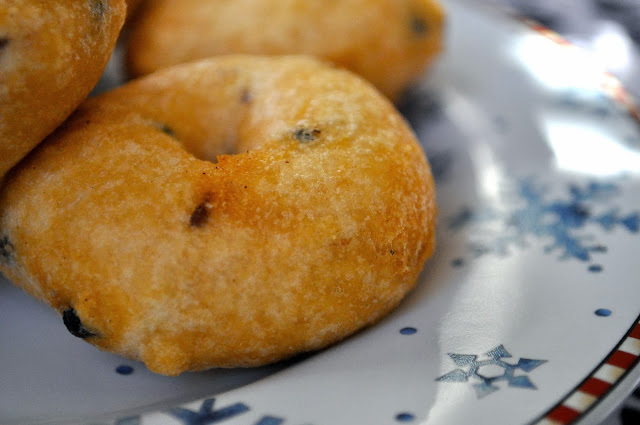I have this brown diary from 1985, filled with hand-written
recipes. This was the diary my
mother-in-law sent with my husband, when he came to the U.S. as a graduate
student. In it, she has penned
down recipes for different rasams, couple of types of sambar, lemon rice, curd rice, a simple vegetable kootu, adai, pongal, her signature morkuzhambu, and a recipe for milagu kuzhambu. For each dish, she has listed
ingredients and easy-to-follow steps, and shortcuts for my husband.
I love her simple explanation for preparing these dishes and
even today, turn to it for some classic recipes. I got this recipe for milagu kuzhambu from her. Most milagu kuzhambus I have had are
fairly thick in consistency (almost like a chutney or thogayal). My
mother-in-law made it similar to the consistency of vathal kuzhambu. She has made this a few times when she stayed with us. I love the tangy taste from the tamarind and the spicy kick from the pepper.
It tastes great with sutta appalam (fire-roasted papad).
Here is what you need:
For the masala powder:
- 2 tsp. dhania
- 3 red chilies
- 3 tsp. pepper
- ¼ tsp. hing
- 3 tsp. channa dal
- 1 tsp. urad dal
To make the kuzhambu
- small lime-sized ball of tamarind
- 2 tsp. sesame oil
- ½ tsp. mustard seeds
- 2 red chilies
- few curry leaves
- salt to taste
Here is how I made it:
- Dry roast all the ingredients for the masala powder. Let it cool
- Grind it to a fine powder. Set aside.
- Soak the tamarind in a cup or so of warm water and squeeze out the juices, adding more water if necessary. I had about 2 cups of tamarind water. Discard the remaining pulp.
- Heat oil for tempering in a kadai. Add mustard seeds and the red chilies. when the mustard seeds sputter, add curry leaves.
- Carefully pour the tamarind water into this pot, add salt and bring it to a boil.
- Let it simmer on medium heat till the raw smell goes from the tamarind.
- Mix the powdered spices with a little water and add that to the tamarind water.
- Simmer for a few more minutes (about 5 – 10), till the oil floats on top and the gravy thickens.
Serve with hot rice drizzled with sesame oil, parupputhogayal, urilaikizhangu curry, and sutta appalam.


































